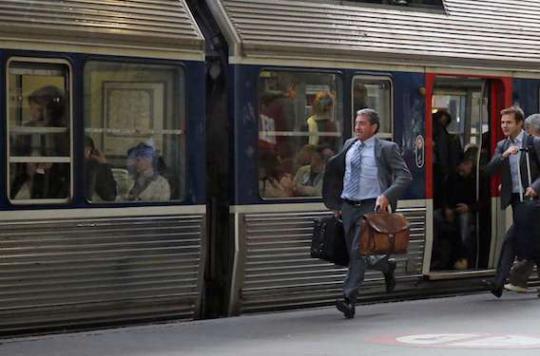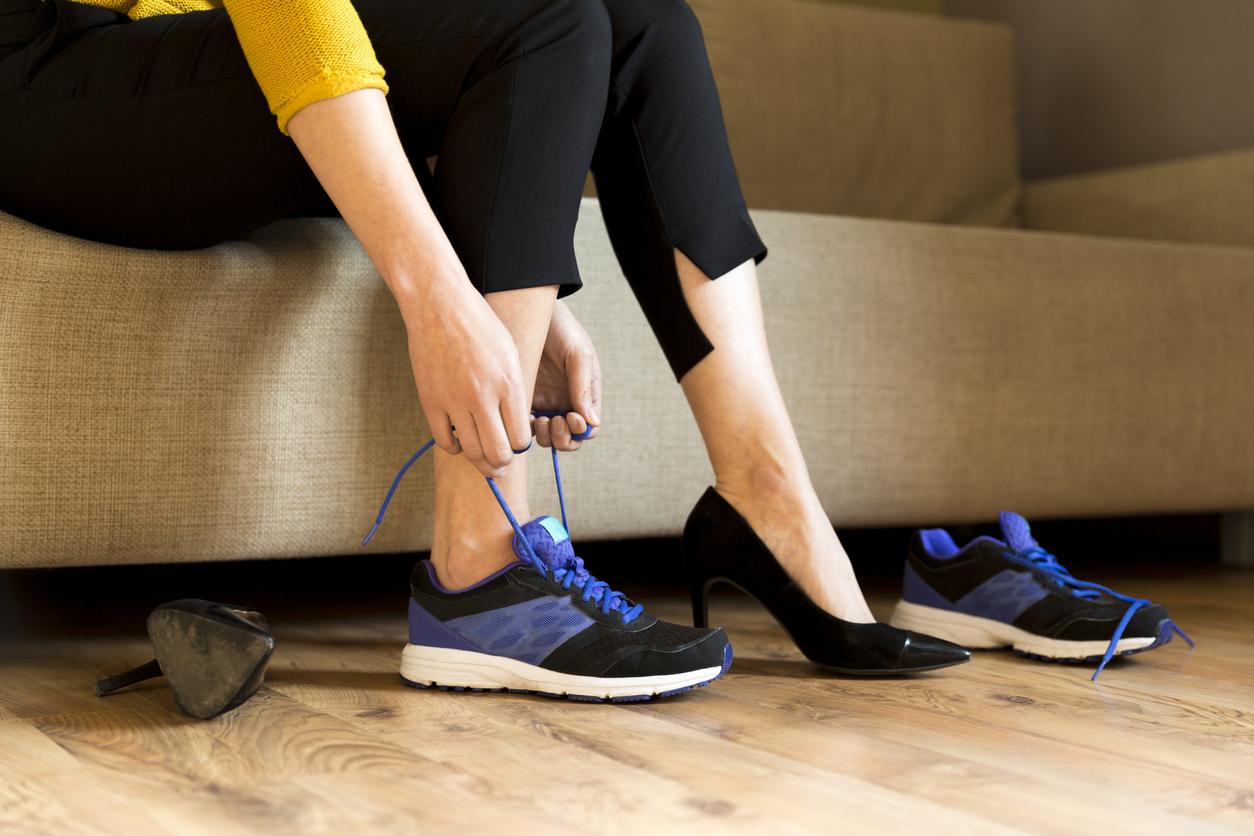SNCF wants to re-enchant public transport. Since the beginning of the school year, a challenge has encouraged users of the Transilien lines to walk. The challenge is doubled by a health study.

What if the passengers of the same train were in fact members of the same team? This is the impetus that the SCNF wants to give with its Walk in Lines challenge, developed in partnership with Withings. This challenge, launched at the start of the 2015 school year, sets itself the ambitious objective of making public transport more fun.
Each week, 10 Transilien lines compete against each other. The users, who have installed the Withings HealthMate application, count their steps, which add up. The larger and more active the team, the more likely it is to win the challenge. During the week of November 16, the L line – which brings together 604 walkers – is the champion with 27,500 steps covered. Far in front of the “RER A team” and its 1055 members.
If the SNCF is embarking on the health study, it is first of all to study the movements of its customers. “In terms of overall transport time, the train only represents 38% of the total journey,” explains Carole Tabourot, Deputy Director of Marketing and Services at SNCF Transilien. 50% of our customers walk for the approach route. “
Carole Tabourot, Assistant to the Marketing and Services Director: ” We try to look at the interweaving of all the modes to facilitate the journey of our customers. “
Gifts and discounts up for grabs
Since 67% of Ile-de-France residents and 20% of provincials take public transport, making the journey more fun is not a luxury. The association with Withings further strengthens this argument: the best “walkers” win connected objects, and participants get discount coupons.
“It’s the second kiss-cool effect,” smiles Carole Tabourot. We believe that walking is likely to enhance the choice of our customers. We see people in the challenge who say that they will go to the next station to take 6,000 steps. We are betting that the results of this survey will show that people who take transport walk more and that it is better for their health. “
Carole Tabourot : ” We are in a daily and constrained time: people travel every day, on a recurring basis. They don’t really feel like they’ve chosen this mode. “
The health study, developed with nutritionist Prof. Jean-Michel Oppert, stops at the end of November. See you in January to obtain the conclusions of the SNCF study. But several studies have already shown: walking regularly protects against chronic diseases, especially cardiovascular diseases.
Recently, a Japanese study showed that public transport reduces the risk of overweight, high blood pressure and diabetes compared to walking or cycling. Until then, it will be necessary to develop treasures of ingenuity to preserve the battery of your smartphone. Because the application is particularly energy intensive.
.

















